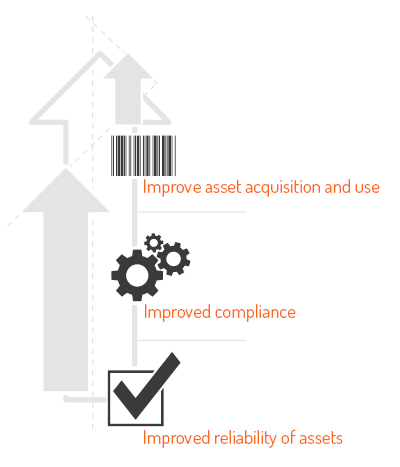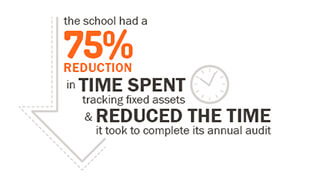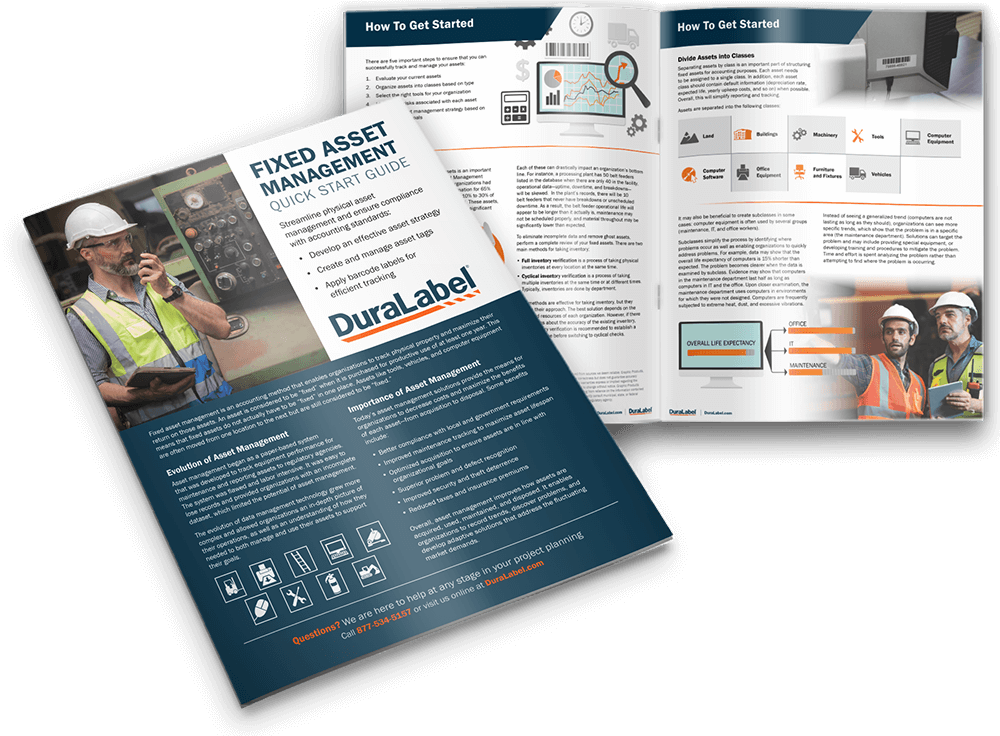The Benefits of Asset Management Explained

Asset management is a system that helps you track your property and maximize the return on those assets, which includes equipment, tools, vehicles, and more. Today's asset management systems enable businesses of all types to streamline their operations by placing asset information in a central database, enabling them to see trends that take the big picture into account. Asset management benefits are vast, enabling asset managers to:

- Improve asset acquisition and use
- Improved compliance
- Improved reliability of assets
Each of these benefits, in turn, reduces costs and increases the efficiency of your business.
Improve Acquisition and Use
By tracking assets through their entire life cycle, you can improve how your business acquires and uses its assets. Cisco Systems, for instance, reduced their costs by implementing PC asset management.
Before: Hardware costs were out of control. Workers selected their own unique PC, increasing hardware costs and the number of hours needed to maintain PCs company-wide. Each year hardware costs alone exceeded $100 million.
After: While implementing asset management, Cisco was able to identify wasteful purchasing practices and develop a strategy for purchasing equipment workers needed, based on the work they did.
By establishing a process for managing PC assets, we have cut our hardware costs in half. - Mark Edmondson, Manager, IT Services Expenses, Cisco Systems
Improve Compliance

Government agencies, non-profit organizations, and businesses are often required to provide detailed reports on their acquisition, use, and disposal of assets. By tracking assets in a central database, reporting is simplified, more comprehensive, and generally error-free.
A middle school in Houston, Texas reduced the district audit time by adopting an asset management system. Overall, the school saw a 75% reduction in time spent tracking fixed assets and reduced the time it took to complete its annual audit.
Instead of taking months to complete, the annual audit now takes three weeks.
(Source: Houston Independent School District)
Improve Asset Reliability
Tracking assets improve their reliability. Asset managers can monitor maintenance cycles, analyze costs, and review asset availability. Maintenance managers can:
- Identify trends and create maintenance plans that balance cost and asset availability.
- Quickly identify and respond to problems before they cause major issues.
- Identify key components in larger systems, which require special care.
- Identify critical spares needed to keep large systems running.
According to a recent case study of a hydro-electric facility, engineers were able to maximize the return, using data collected from the asset management system. Planners identified key spares needed to reduce outages, created a targeted maintenance program, and identified that critical equipment should be replaced by 2020.
Using asset management and reliability-centered maintenance, engineers were able to clearly show the benefits of optimized maintenance and critical spare change-overs.
(Source: Avista Utilities Preventive Maintenance Optimization. Rodney Pickett, P.E., Asset Management Engineer, Avista Utilities)
Maximize the life of your assets while minimizing upkeep costs with DuraLabel's in-depth Fixed Asset Management Quick Start Guide.
Asset Management and Lean Manufacturing
Asset management and lean manufacturing are complimentary systems that can work together to get the most out of your assets. Lean tools like Total Productive Maintenance (TPM) and 5S can support your asset management program by creating a solid foundation focused on improving efficiency and quality.
TPM is a system that focuses on improving the effectiveness of your equipment based on your needs. TPM accomplishes this by:
- Optimizing equipment life-cycle cost
- Designing preventive maintenance based on how equipment is used
- Planning equipment updates and enhancements to maximize asset availability
5S is a lean tool that helps to streamline and improve the efficiency of your business by:
- Organizing the workplace so items can be located quickly
- Cleaning the workplace and restoring everything so it's like new, making it easier to spot potential problems
- Standardizing the workplace to maximize efficiency and then sustaining improvements by using 5S every day
Support your asset management program with 5S, and get the most out of your assets by improving every aspect of your workplace. Increase your assets' life while reducing operating costs by downloading our Best Practice Guide to 5S.
Asset Tagging Solutions
An essential part of any asset management system includes asset tags and barcodes. Duralabel' DuraLabel line of printers and supplies provide a flexible solution for most asset labeling needs. Import information directly from your database to the DuraLabel Toro. Print barcodes where and when you need them most.
DuraLabel printers are more than just barcode printers. Improve your facility's maintenance program by posting information where it's needed most, enabling workers to perform maintenance correctly, every time.
Boost your safety compliance by creating custom safety signs and labels, improving hazard awareness, and worker safety.
Related Resources

Asset Tags and Their Role in Asset Management
What Are Asset Tags? Asset tags are one of several tools needed for a successful asset management system. ...
Read
Asset Identification
For Want of a Nail Even when a small, low-value item is missing, it can result in major impact on your ...
Read
What Is Asset Management?
Asset management is an accounting method that enables businesses to get the most out of their assets. ...
Read.png)





